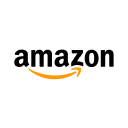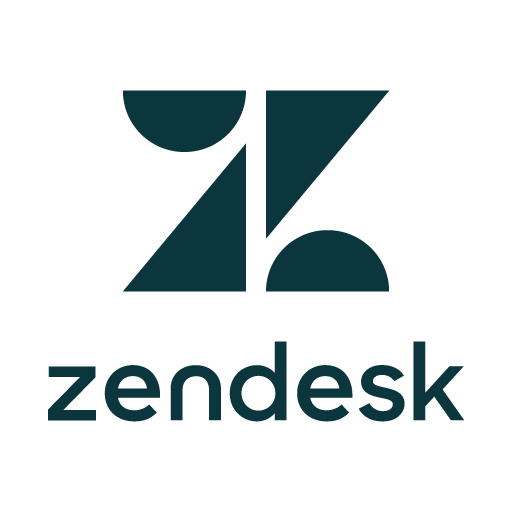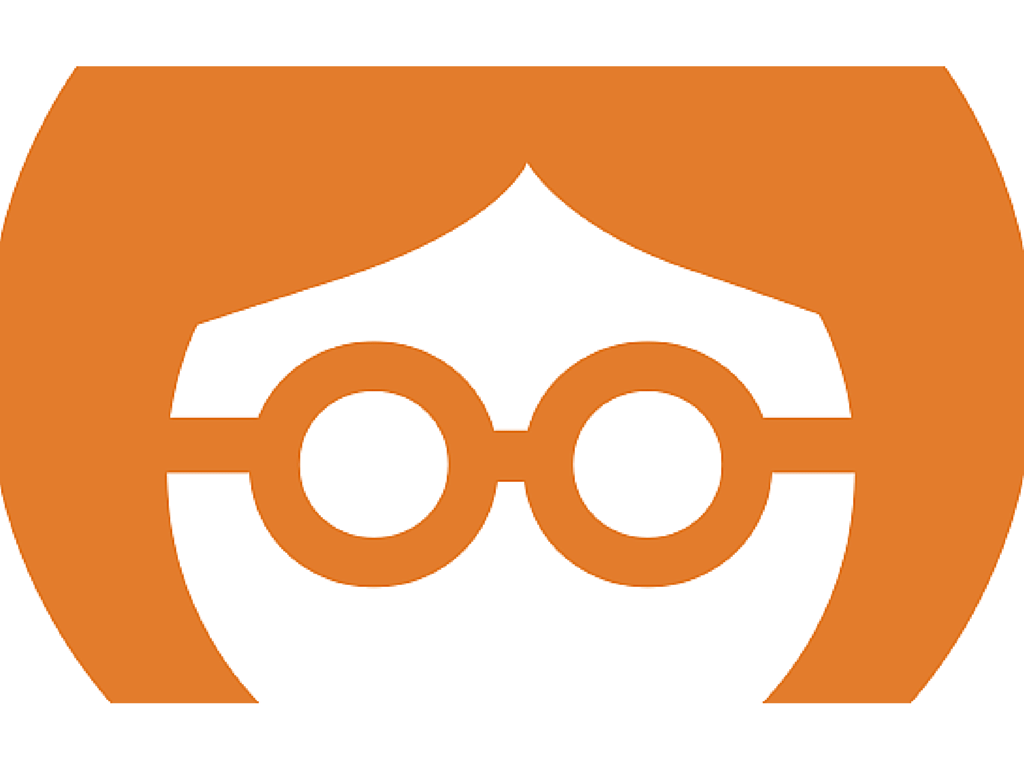How A High-School Dropout Started A $150K/Month Online Courses Company
Note: This business is no longer running. It was started in 2014 and ended in 2024. Reason for closure: Shut down.
Hello! Who are you and what business did you start?
My name is Adam Tal, I’m a high school drop out and an ex-musician, and I started an online education business in Israel, which has turned into a movement and which I’m now considering taking worldwide.
Our 2 flagship courses teach “money hacking” and “equity hacking”, our philosophy for building online businesses and online assets respectively. While our original idea was to teach marketing to SMB’s, we realized that by breaking some of the most revered rules of small business marketing, we were able to do something bigger.
Today our community is a unique fusion of so many kinds of people - entrepreneurs, employees, work-at-home moms & dads, teenagers and more, and our products change their lives by allowing them more freedom of choice when it comes to how they make a living.
We have over 100,000 active subscribers and followers, as well as just over 7,000 students who took at least one online course. In the past 5 years, we’ve generated over 21,000,000ILS, which is roughly 6 million dollars, with profit as high as 45% in some of those years.

Download the report and join our email newsletter packed with business ideas and money-making opportunities, backed by real-life case studies.

Download the report and join our email newsletter packed with business ideas and money-making opportunities, backed by real-life case studies.

Download the report and join our email newsletter packed with business ideas and money-making opportunities, backed by real-life case studies.

Download the report and join our email newsletter packed with business ideas and money-making opportunities, backed by real-life case studies.

Download the report and join our email newsletter packed with business ideas and money-making opportunities, backed by real-life case studies.

Download the report and join our email newsletter packed with business ideas and money-making opportunities, backed by real-life case studies.

Download the report and join our email newsletter packed with business ideas and money-making opportunities, backed by real-life case studies.

Download the report and join our email newsletter packed with business ideas and money-making opportunities, backed by real-life case studies.



















































